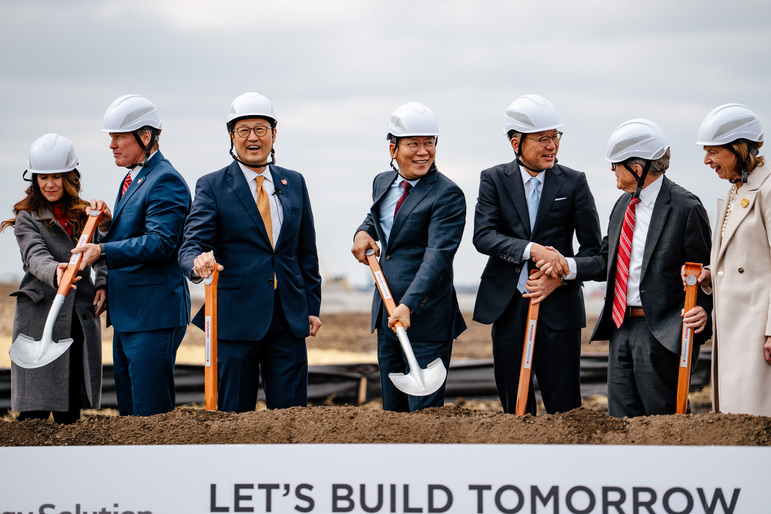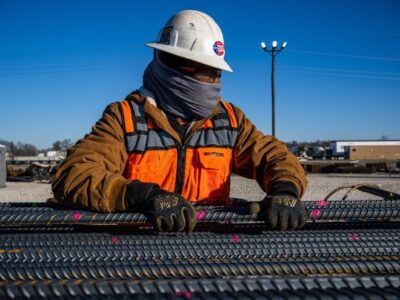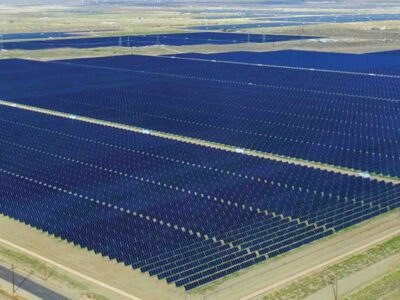The Clean Economy Tracker (CET), a collaboration between Utah State University and Atlas Public Policy, showcases clean energy investments in rural and low-income locations in the United States. Projects underway in Ohio, Tennessee, and Kansas are expanding the clean energy job market in areas where economic revitalization is needed.
According to the tracker, rural communities have received nearly $4 billion this year in clean energy investments as of March. Additionally, a large portion of the east-south-central region of the U.S. contains urban low-income communities that have received clean energy investments. Ford Motor Company, Panasonic Honda, and LG Energy Solutions have all recently announced new projects in such areas.
The CET allows users to toggle the map to see which communities fall into a rural or low-income region. Per the CET, x communities have fewer than 2,500 but at least 500 people per square mile, while low-income communities are defined as those with a poverty rate greater than 20% between 2015 and 2019.
According to the CET map, in 2022, urban low-income communities received more than $63 billion in clean energy investments, while rural communities have seen investments totaling nearly $14 billion that same year.
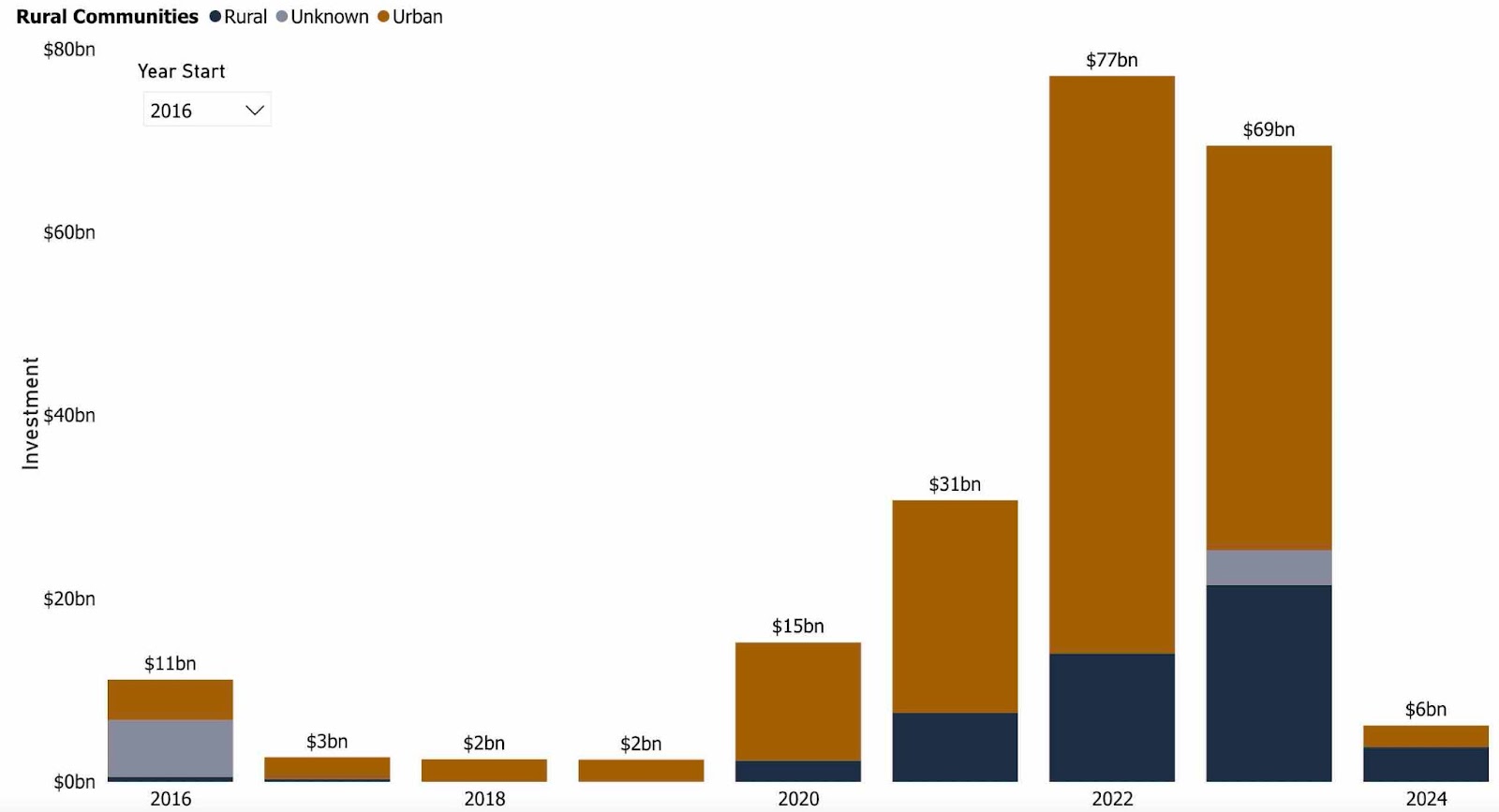
Photo Courtesy Clean Economy Tracker
According to the tracker, Stanton, Tennessee, is considered a rural community. Ford Motor Company recently invested more than $6 billion, bringing 6,850 new jobs to the area, which has been dubbed Blue Oval City. This new facility, scheduled to open in 2025, will be an environmentally and technologically advanced campus in the western part of the state that will produce electric F-Series trucks and batteries.
“West Tennessee is primed to deliver the workforce and quality of life needed to create the next great American success story with Ford Motor Company and SK Innovation,” Tennessee Gov. Bill Lee said in a statement. “This is a watershed moment for Tennesseans as we lead the future of the automotive industry and advanced manufacturing.”
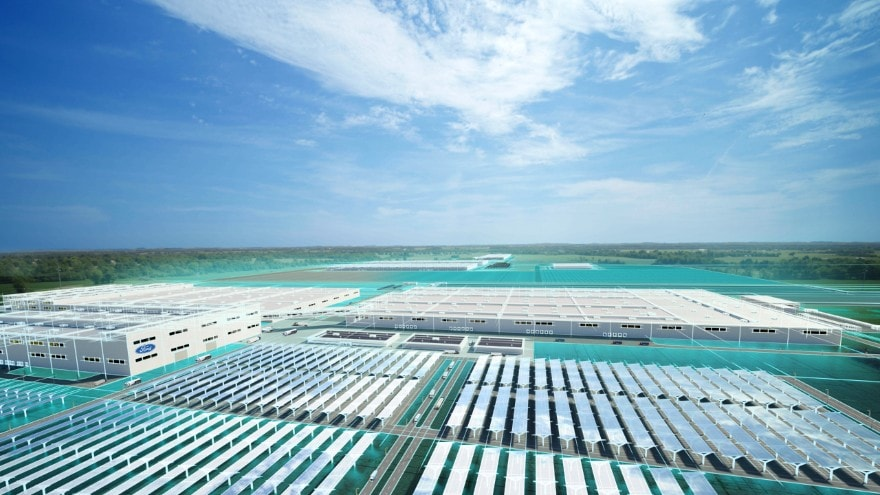
Photo Courtesy Ford Newsroom
In De Soto, Kansas, in another area identified by the tracker, Panasonic has invested $4 billion in a factory that will build batteries for Teslas. The new factory will create at least 4,000 new jobs.
“We will be the production epicenter for batteries that will power the increasing demand for EVs in a more sustainable world,” Kansas Gov. Laura Kelly said at the announcement of the project. “Innovations happening right here in Kansas will accelerate the future of electric vehicles on a global scale.”
Honda and LG Energy Solutions announced $4.4 billion toward the rural community of Jeffersonville, Ohio, set to create 2,200 jobs.
The Ohio plant will be the production site for lithium-ion batteries. Honda plans to begin production and sales of EVs in North America in 2026.
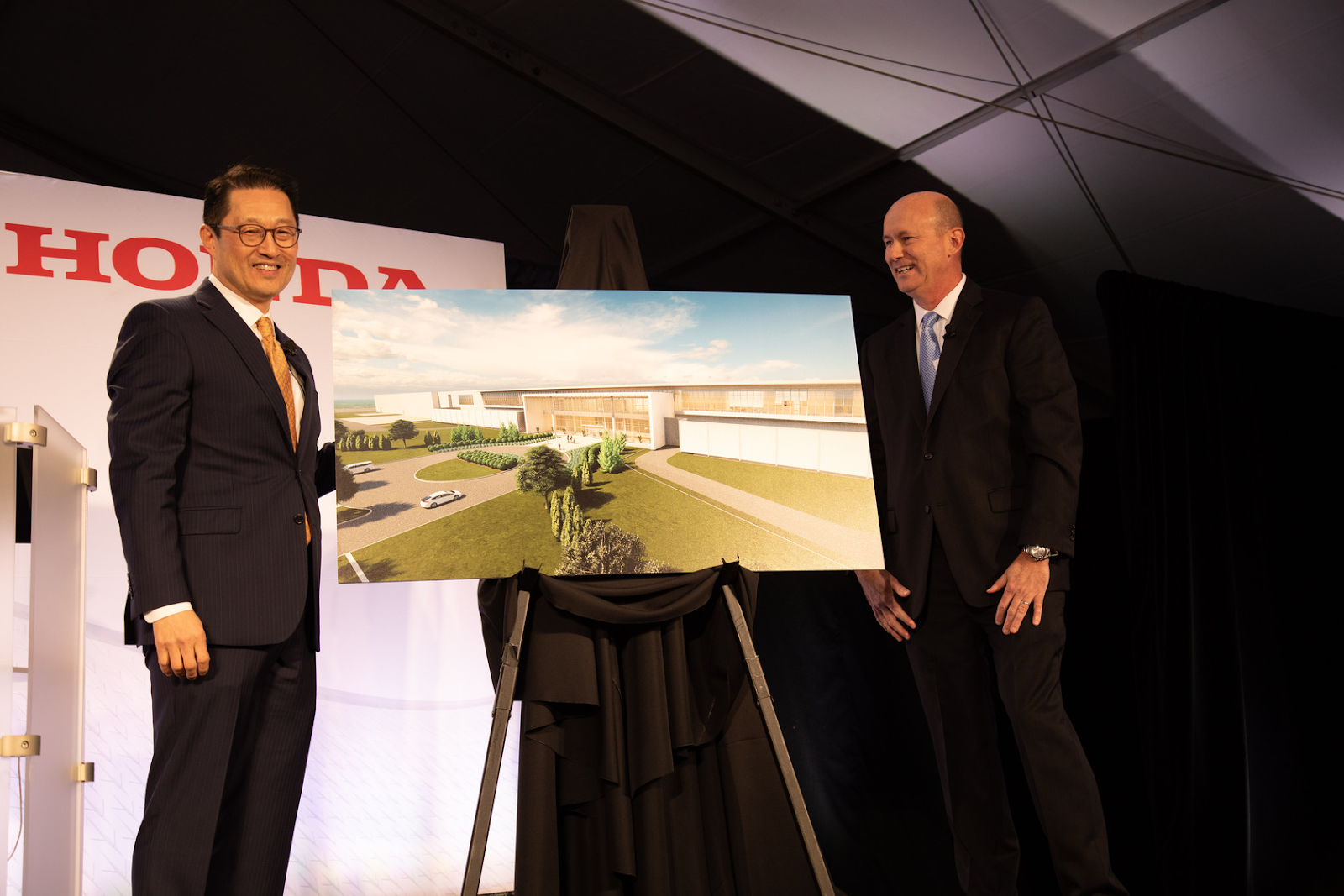
Photo Courtesy LG Energy Solution Corporate Newsroom
“We will continue to announce new career opportunities in the coming months that we hope will inspire the next-generation workforce to get involved in the advanced manufacturing roles that will help produce lithium-ion batteries and will power the Acura and Honda EV models that will go into production in Ohio in late 2025,” Rick Riggle, COO of the new joint venture company, said in a statement.
Being able to readily see the transition’s progress via tools like the CET is critical as the U.S. — and the world — moves closer to net-zero carbon emissions by 2050. The tool is updated weekly. Atlas Public Policy says that over 75% of new private funding investments in clean energy tracked by the tool came after the federal bipartisan Infrastructure Investment and Jobs Act was passed in November 2021.
The tracker offers a way to visualize and follow the clean energy funding given to private investments throughout the U.S. It is currently tracking $232 billion in announced private investments in clean energy manufacturing across America, often in rural and low-income communities.

